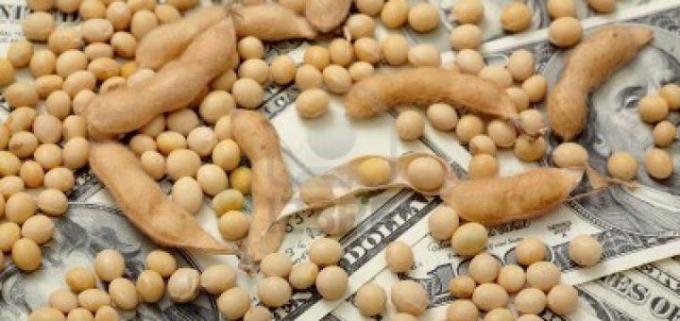Argentine soybean exporters, organized by the Chamber of the Oil Industry and Grain Export Center (Ciara-CEC), reported yesterday, Wednesday, a settlement of US$1.075 billion for foreign shipments of the oilseed, only after 72 hours of a new exchange rate regime (soja dollar) for this sector of the agricultural economy.
“72 hours after the entry into force of Decree 576/2022, foreign exchange receipts amounted to US$1.075 billion, exceeding the target set last Sunday,” the industry organization announced on its Twitter account in a message shared by the Minister of Economy, Productive Development, Agriculture, Livestock and Fisheries, Sergio Massa.

On Sept. 5, the Argentine government began applying a new regime for liquidating foreign exchange from soybean exports, allowing producers to liquidate foreign exchange at a rate of 200 pesos per dollar.
This measure aims to accelerate dollars inflow into the country and accumulate international reserves.
The foreign exchange receipts confirmed today by Ciara-CEC exceeded the one billion dollars projected by the government for the first 72 hours after the measure took effect.
The Secretary of Agriculture, Livestock, and Fisheries, Juan José Bahillo, highlighted the over-achievement of the target and predicted that the September US$5 billion settlement target would also be exceeded.
“The soybean dollar has exceeded our expectations. At this rate, we think we’ll exceed the US$5 billion expected,” Bahillo said.
The new exchange rate regime, which took effect last Monday, applies not only to exports of soybeans but also to all exportable derivatives of the oilseed, such as flour, oil, and pellets.
The Argentine Minister of Economy has described the agricultural industry as a “key sector” that guarantees the stability of the Argentine economy and contributes to the growth of the gross domestic product.

